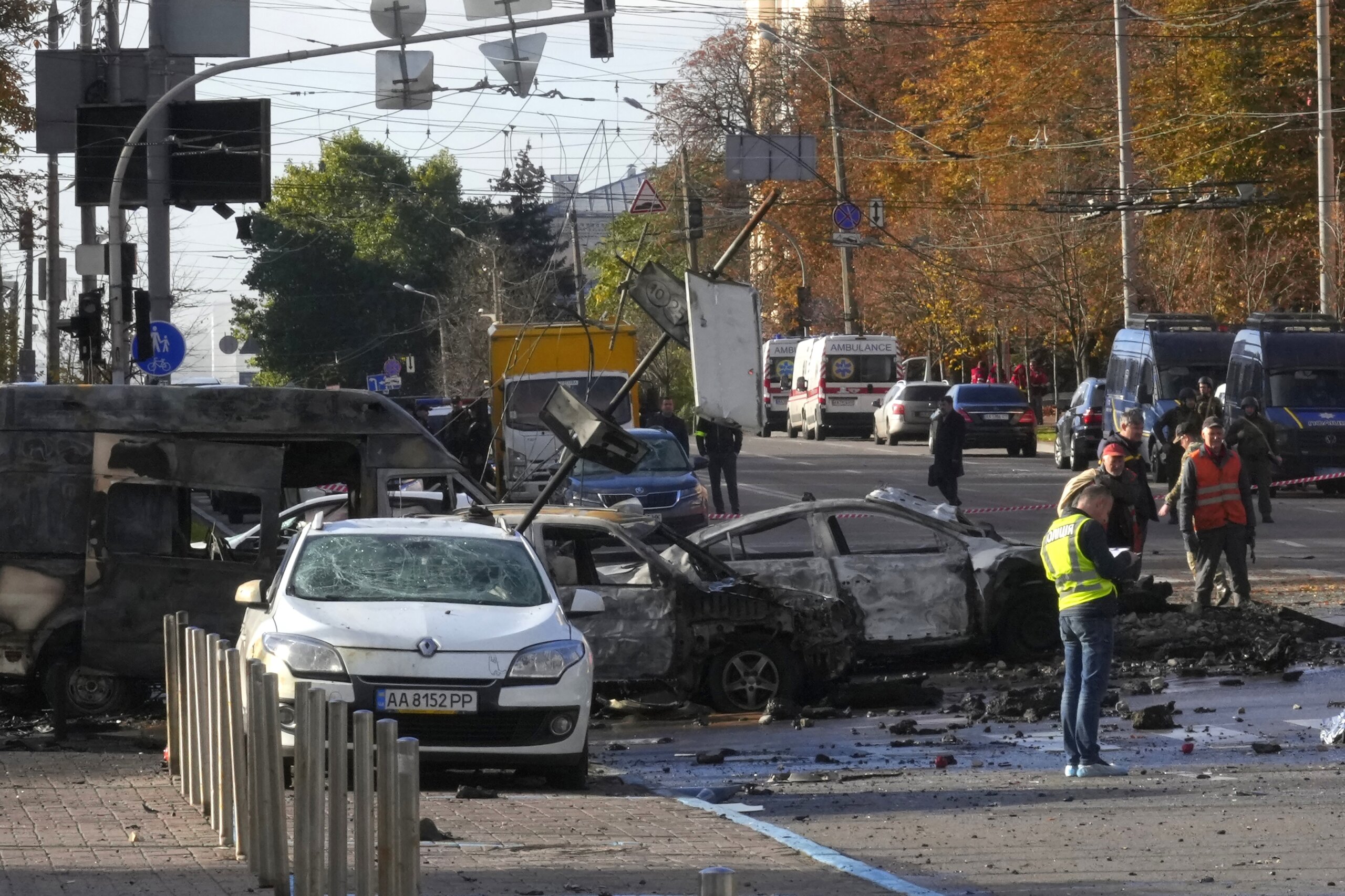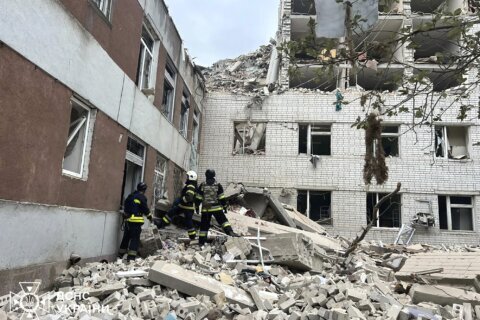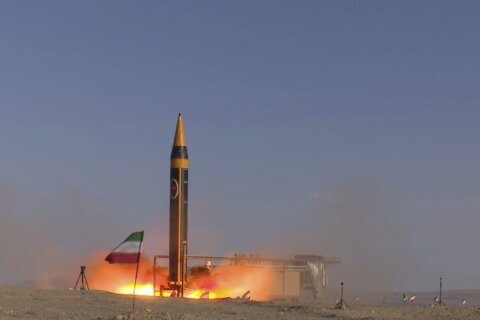
At 7:25 a.m., as I prepared to do a live update with the morning broadcast team on WTOP, anchor Joan Jones said in a brief off-air prep chat, “This feels different.”
She was undeniably correct, because this time, Russia’s attack is different.
About two hours earlier, just after 5 a.m., as I communicated with sources in central Kyiv and in other locations around Ukraine — something I do every day — I sensed something unusual was unfolding.
Normally, I get different stories about what’s happening on the ground in different places. This time, the narratives, from eight cities hundreds of miles apart, were disquietingly similar.
Each call, each text, each chat was filled with terse, stilted language describing missile and drone attacks on civilian targets.
Each response to my questions was punctuated with silent but palpable panic — a byproduct of sheer terror, because they already knew what I was learning.
The entire country was being hit with missiles, all at the same time. And no one knew if this was the nuclear attack Putin had been threatening.
The explosions that shook the ground, sending smoke billowing from Lviv in the west, to Kyiv in the center, to Sumy in the east and Zaporizhzhia in the south, were a part of Russian President Vladimir Putin’s promised comeuppance. They were revenge for Saturday’s attack on the Kerch Bridge, which connects Russian-occupied Crimea in Ukraine with Russia’s mainland.
But they were also likely payback for what he perceived as Ukrainian insolence for daring to survive for 229 days after his invasion in February that was predicted to be over in three days.
Here’s why this felt different.
It was a reminder that Russia’s objective when this war started is the same today, at least on paper. The goal is to decapitate the leadership of Ukraine and take over the country.
This display of power reminded people they could possibly do it. After its poor show of military discipline, leadership and strategy so far, many had forgotten what the Kremlin was capable of.
In the days before this invasion started, relatively, few outside of Ukraine gave that country a chance to survive, as a nation, beyond a couple of months.
And on Monday, for the first time in four months, Russia launched a massive barrage of missiles on the same day at various locations. A lot of people outside of Ukraine had simply stopped thinking that Russia was capable of such an operation.
Eighty-three projectiles, including highly precise Kh-101 and Kh-555 missiles, were launched from bombers in the Caspian region of Russia, along with Kalibr missiles from the Black Sea. Also used were Iskander and S-300 missiles, Tornado rockets and 24 Iranian Shaheed drones.
After this sudden development, all around the world, political leaders, military officials and just ordinary people sensed that something seemed to have suddenly changed in Moscow, particularly in Vladimir Putin’s orbit.
There are various potential reasons. All of them seem rather dark. All of them suggest we may see more of this, more often.
This feels different because it seems to telegraph that Putin and Russia are on a new, more-sinister path, if that’s even possible. But the bottom line is that after months of Russian military embarrassments, disappointments and growing disarray inside Russia’s domestic affairs arena, Putin struck back.
The jury is still out on whether it was a knee-jerk reaction or a part of a new strategy. But what is clear, is it was a wake-up call.
But on the bright side, Russia’s running out of weapons that can do this, and Russia lacks the people willing to do it, as military-age men run for the borders.
Perhaps the most encouraging news for Ukraine is that in February, more than 200 Russian missiles were fired at Ukraine. Very few of them were shot down. On Monday, more than 50% of the armaments launched at them were destroyed before they reached their targets.
Ukraine’s military said that they did it with a lot of older equipment. And now, some Ukrainian leaders are using this as a diplomatic “I told you so” moment. They’re saying if they get the modern weapons they’ve been asking for, the next time this happens, if there is a next time, that 50% could be turned into 90%.
And if that were to happen, this war would really feel different.








